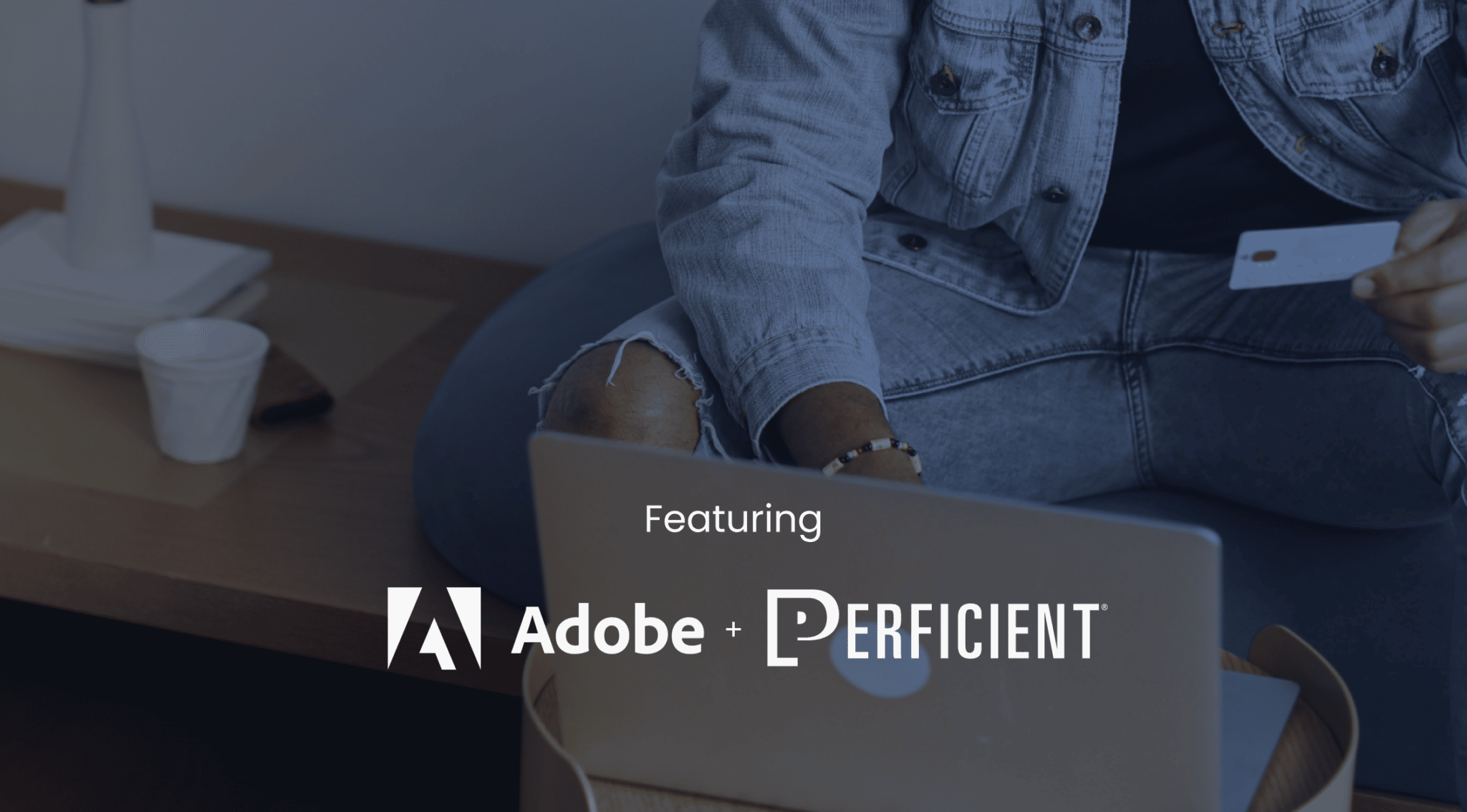Forter’s Director of Partnerships, Laura Jorgens, sat down with several industry experts to discuss recent shifts in consumer behavior and eCommerce trends for 2022 and beyond. Participating in the discussion:
- Tory Brunker, senior director of product marketing, Adobe
- Andrea Montero, director, product management, Forter
- Justin Raccine, director, commerce strategy, Perficient
2021 was a banner year for eCommerce — consumers spent $870.78 billion online with U.S. merchants, up from $762.68 billion the year before. Today, most consumers want to order things online — from restaurant meals and groceries to prescriptions and household goods. This shift in consumer behavior has led to more new online shoppers and new consumer expectations than ever before.
An Influx of New Customers
In the past year or so, online businesses have seen an influx of new customers — new to the brand, new to the site and new to shopping online. Most companies have a hard time personalizing content to adequately welcome new users because of a lack of data and insights into their shopping preferences and purchasing history. To that end, new users are 5-7X more likely to have a transaction falsely declined than returning customers. When you falsely decline a new shopper, you lose that initial transaction and their potential lifetime value (CLTV) — Forter refers to this as New User Missed Opportunity (NUMO), where 40% of falsely declined shoppers won’t return to that business again.
It’s important for online brands and businesses to accurately distinguish between fraudsters and legitimate customers, regardless of whether those customers have shopped with you before. And, the last thing you want to do is welcome new customers with an overabundance of friction, causing many of them to abandon their purchases and shop elsewhere. A fraud prevention solution with access to a vast network of global online identities can ensure that you always welcome legitimate new customers without unnecessary friction.
New Consumer Expectations
With more people shopping online, consumer expectations have changed, particularly regarding delivery and personalization preferences.
Convenient Delivery Options
Most people don’t want to wait long to receive their orders. They want convenient delivery options like same-day shipping and buy online pick up in store (BOPIS). Many consumers are willing to pay for faster delivery options if it means they get their orders when they want them.
“Our [Adobe’s] digital holiday report showed that 40% of all orders on December 23rd — which was a peak day — were buy online pick up in store. And we have now predicted that for 2022, one in four orders on average will be buy online pick up in store,” explained Tory. “That certainly presents new challenges from an experience perspective for merchants and buyers alike.”
“As we look at customer retention moving forward — yes, the front end of the experience of the site is important — but I would say it’s as important, if not more important, that you’re investing in backend delivery systems for customers to purchase things and have transparency into when they’ll actually receive them,” explained Justin. “As we look forward to 2022 and 2023, that’s going to be a pivotal cornerstone point in customer retention as well.”
Better Personalization
Companies that don’t deliver seamless and personalized experiences will fail in today’s digital-first eCommerce environment. McKinsey’s Next in Personalization 2021 Report says that 71% of consumers expect businesses to deliver personalized interactions, and 76% get frustrated if that doesn’t happen.
“We’ve also seen personalization at scale as a huge bet going forward, and that really helps drive customer loyalty,” Tory commented. “It helps improve both bottom line and customer satisfaction. And so, there are lots of ways to execute on those visions.”
Justin emphasized that “personalization is everything.” And that headless — where the backend is separated from the frontend or UI — is the future when it comes to personalization and customer experiences. Future personalization might be where you go to a website and get personalized upsells and cross-sells in your cart, or the site suggests different delivery options.
“The idea of headless is using the best-in-class pieces of technology to deliver the best customer experiences,” Justin explained.
Deliver Better Customer Experiences
Succeeding in today’s competitive digital environment requires that you meet customers where they are, bringing the service options and personalization they expect. But meeting these consumer expectations widens the surface area for fraud and abuse. You need technology partners that will help you make better personalized and connected decisions along the entire customer journey, delighting customers while blocking fraudsters.
Remaining Nimble
Maintaining consistently good experiences also means being able to adapt and pivot as new trends, technology, or challenges emerge. Whether it’s another global-scale event, or the introduction of new regulations such as PSD2, merchants should always stay nimble, and find partners who are able to keep pace and make changes alongside you.
Interested in hearing the entire conversation with Andrea, Justin, Laura, and Tory?
You can listen to the full recording here.
Want to know how to deliver customer experiences that drive loyalty and growth?
Download our Adobe Overview Brochure for more information on our Adobe partnership and integrations.
